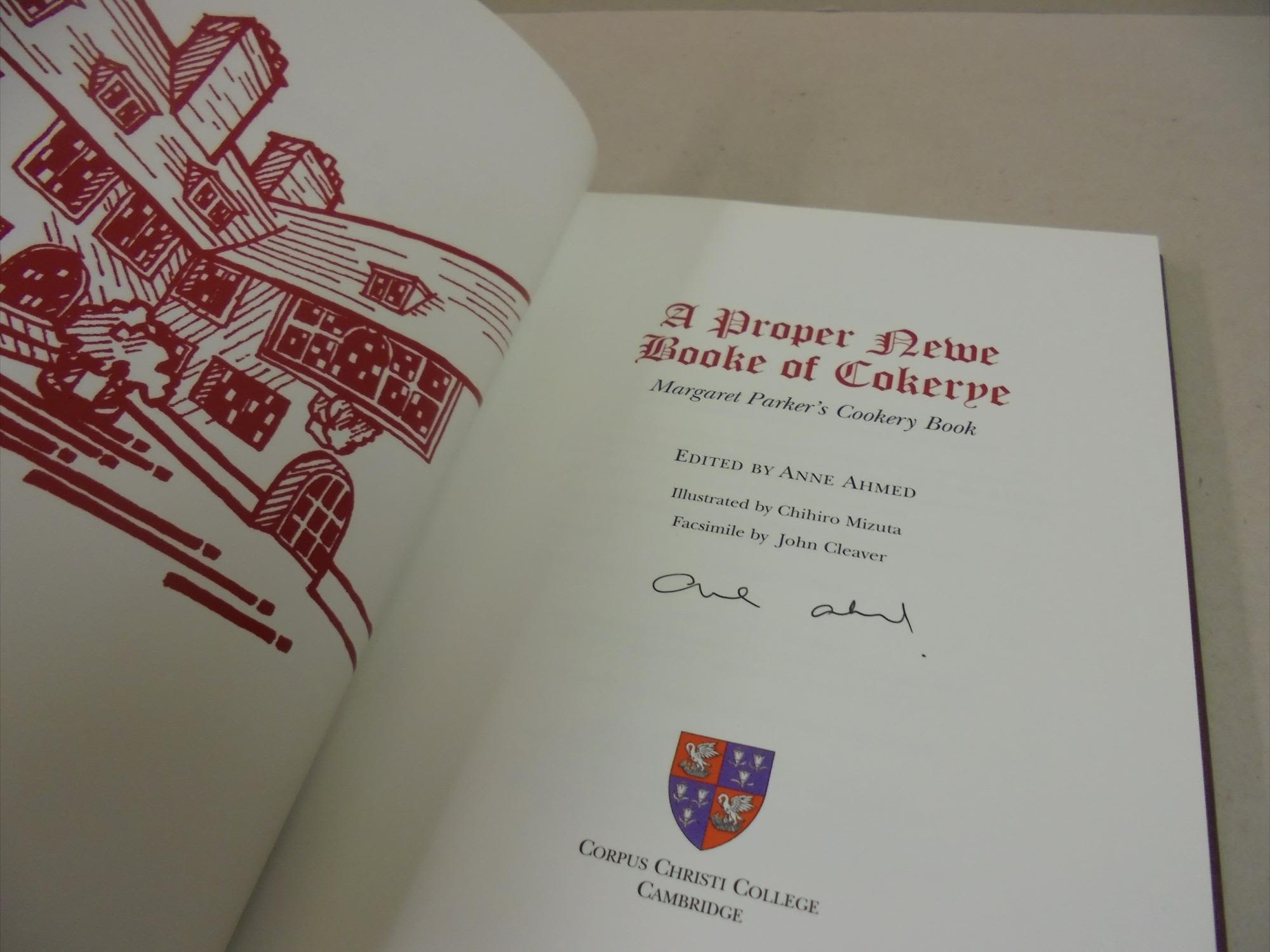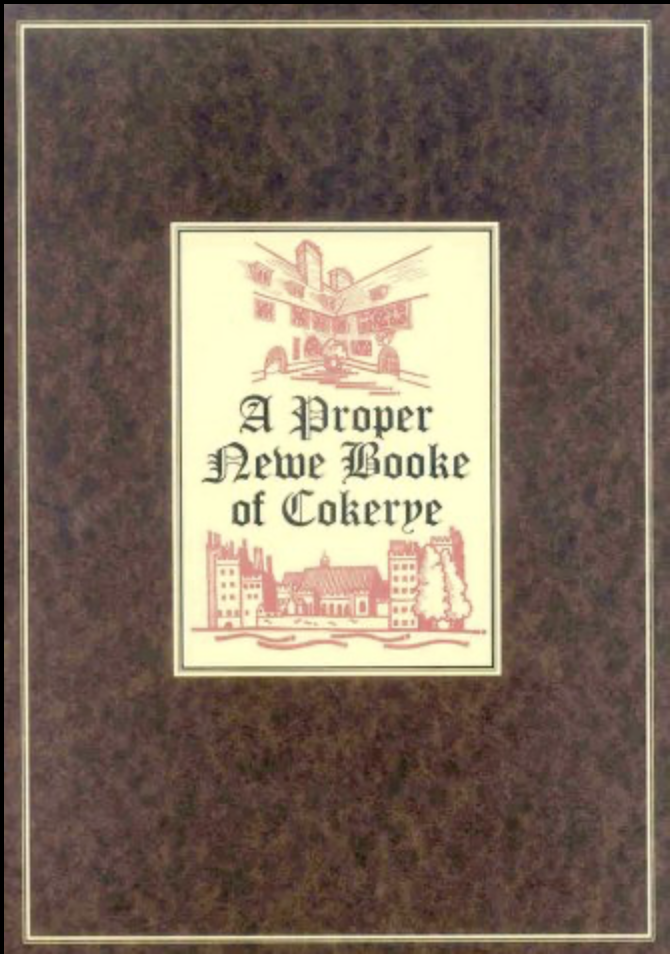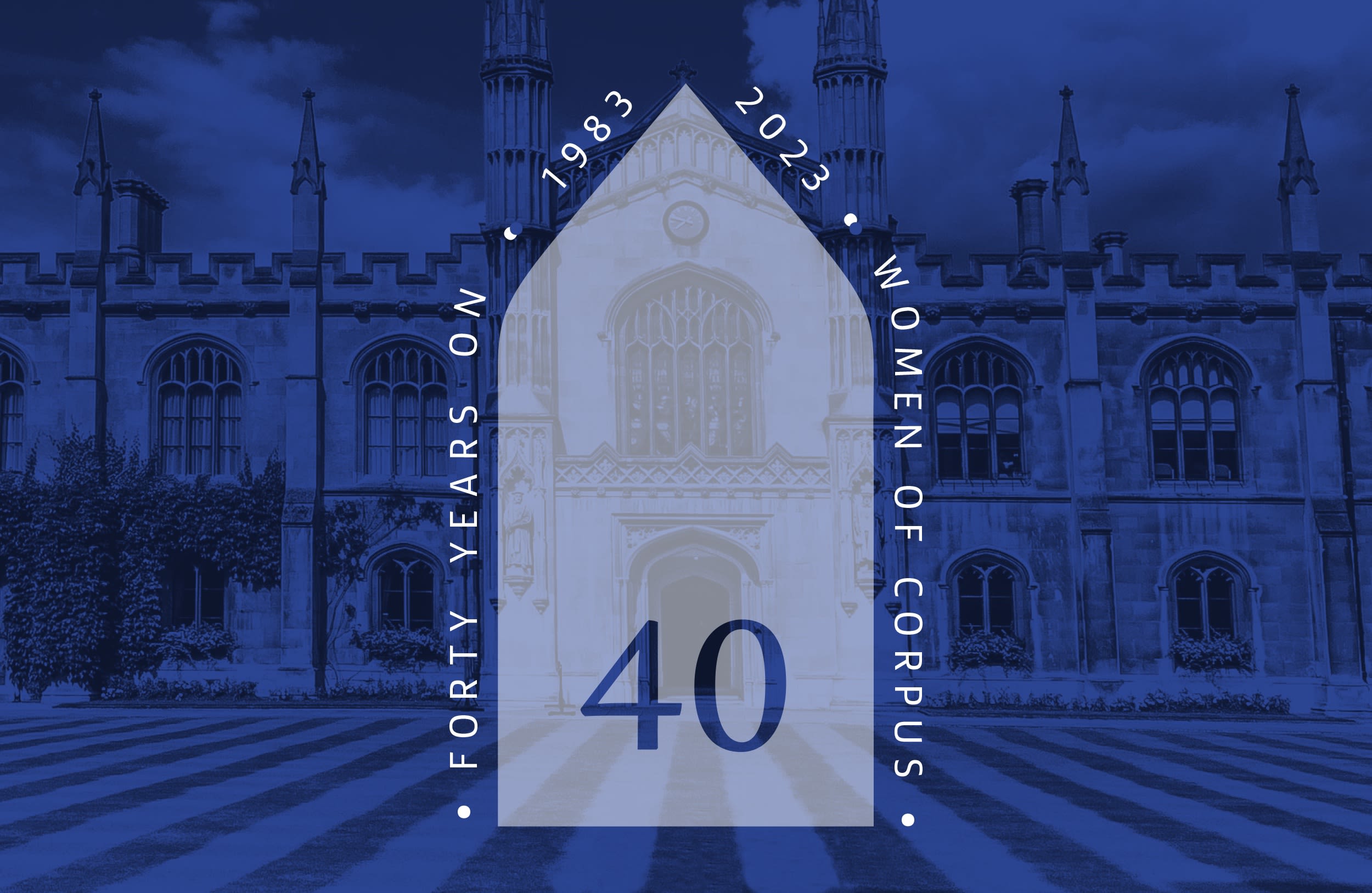MARGARET PARKER (1500s)

Margaret Parker was the wife of Matthew Parker (1504 -75), student and then Master of Corpus Christi College, Archbishop of Canterbury, and founder of the Parker Library, the College's greatest national heritage treasure. The Parker Library is internationally renowned for its important collection of medieval and renaissance manuscripts (including a substantial proportion of all extant Anglo-Saxon manuscripts), as well as valuable holdings of early printed books.
As former Donnelley Fellow Librarian of the Parker Library, Christopher de Hamel writes, Parker's collection is "a very serious and highbrow one with very little in the way of frivolous material, such as literature of Latin classics. One of the most unlikely books...is a little practical textbook on cookery. In any context such books are extraordinarily rare. It is a volume intended for daily use." This book, bound into a composite volume prepared by Parker himself and entitled 'On Cokery and serving of meats' is believed to have belonged to Parker's wife, Margaret Parker.
The date of the publication, 1557-58 corresponds to the period when Matthew Parker and his wife were living together after being expelled from Corpus by Queen Mary. Later, when Parker became Archbishop of Canterbury, Margaret would have had many servants and was unlikely to have cooked herself, but at this time they were living in relative simplicity.
The facsimile edition A Proper New Booke of Cookery that was published in 2002 to commemorate the 650th anniversary of the founding of Corpus Christi was prepared by Anne Ahmed, wife of former Master Professor Haroon Ahmed. It is from her introduction to this edition that the following brief biographical sketch of Margaret is taken.
Margaret was the daughter of Robert Charleston, gentleman, and was born into a Norfolk family over 500 years ago in 1519. She lost her mother at an early age and was described in a biography of Matthew Parker by John Strype as "accomplished in all good endowments both of body and mind". She was well educated and as the only daughter of a widower, she would have been involved in the running of her father's household. In the sixteenth century the educations of girls included lessons on domestic aspects of life. Decorous behaviour was expected, and girls were brought up to be chaste, silent, and obedient to their husbands.
Matthew Parker was some 15 years older than Margaret. He was ordained priest in 1521, and in 1544 Henry VIII commended him as Master of Corpus Christi. By this time, Matthew and Margaret, in circumstances that are not recorded, had already met and come to an understanding. Clerical marriage had died out by the early Middle Ages, and because both Church and State forbade the marriage of priests, Matthew and Margaret agreed to take no other partner, but to remain faithful to one another. Strype comments that they were "dear to one another but abstained from wedlock by mutual agreement."
After Henry VIII's death, the laws governing the marriage of priests were repealed and the couple were allowed to marry in 1547. Margaret had waited for Matthew for seven years and in Tudor times, to be unmarried at 28 was very unusual. Margaret came to live in the Master's Lodge of Corpus Christi and her life changed dramatically. It must have taken some courage to marry a clergyman in those days. Clergy wives were not popular in society and were sometimes subjected to abuse by other married women. But the marriage was by all accounts a happy one, with Margaret maintaining a strong supportive role as her husband's career advanced.
Margaret was well-regarded and known for her hospitality. Stokes comments in his history of the College on her 'graceful rule in the Lodge' and her 'dignified hospitality'. Three of the Parkers' four children were born during their time at Corpus and one of them died there in infancy.
When Queen Mary came to the throne, the rules on married clergy changed once again and she decreed that every married clergyman was to 'put away' his wife. Matthew was deeply attached to Margaret and so felt that he had no choice but to resign the Mastership of the College and retire to the country. He was also deprived of his clerical positions in Ely and Landbeach. During this period, several of the couple's friends in Cambridge met a dreadful fate as they were Protestant Reformers who were martyred for their religious beliefs. But the couple seem to have been content and during this period Matthew Parker wrote The Defence of the Marriage of Priests, which was eventually published in 1562. In it he wrote "No Christian man can deny, but that a godly wife is an helper to honest and godly life in this world".
On the accession of the protestant Queen Elizabeth I to the throne, the Parkers' fortunes changed once again and the Queen asked Matthew Parker, who had been chaplain to her mother Anne Boleyn, to be her first Archbishop of Canterbury. Although Elizabeth disapproved of married clergy, Parker agreed to take up the office and in 1559 Matthew, Margaret and their two sons moved to Lambeth Palace. During a royal visit to Lambeth Palace in 1560, she is reputed to have said to Margaret "And you, Madam I may not call you, and Mistress I am ashamed to call you, but yet I do thank you".
In Dr Charles Lamb's History of the College, he states, "I shall add here a small benefaction of his beloved wife, whom he had the misfortune to lose a few years before his death, to Mattishal the place of her nativity; to which, out of the like pious and benevolent disposition, she bequeathed a perpetual annuity of fifty shillings; wherein she consulted at the same time the welfare of both the souls and bodies of its inhabitants; who as a testimony of their grateful sense thereof, soon after joined in a letter of thanks to his Grace."

